125 years Max Baur
Exactly 125 years ago, the renowned photographer Max Baur was born. The curators Rudi Feuser and Stefanie Wetzel (Pangallery, Frankfurt) have taken the anniversary as an opportunity to exhibit around 100 of his photographs in Bernusstraße in Frankfurt am Main.
About the exhibition
The exhibition "There is only one sun." at the Frankfurt Kunstraum at Bernusstraße 18 is on view until February 25. It can be visited on Thursdays from 2:30 pm to 8 pm, Fridays from 2:30 to 6:30 pm, and Saturdays from 11 am to 2 pm.
The motifs on display are very diverse and provide an insight into the photographer's life story. They range from nature and architectural photographs to portraits of his own family. Baur had mostly refrained from precisely dating his works, which is why it is not always possible to classify the photographs in terms of time. The original photographs, some of which are available in considerable sizes, are kindly provided by the Lichtbild-Archiv Max Baur, Aschau.
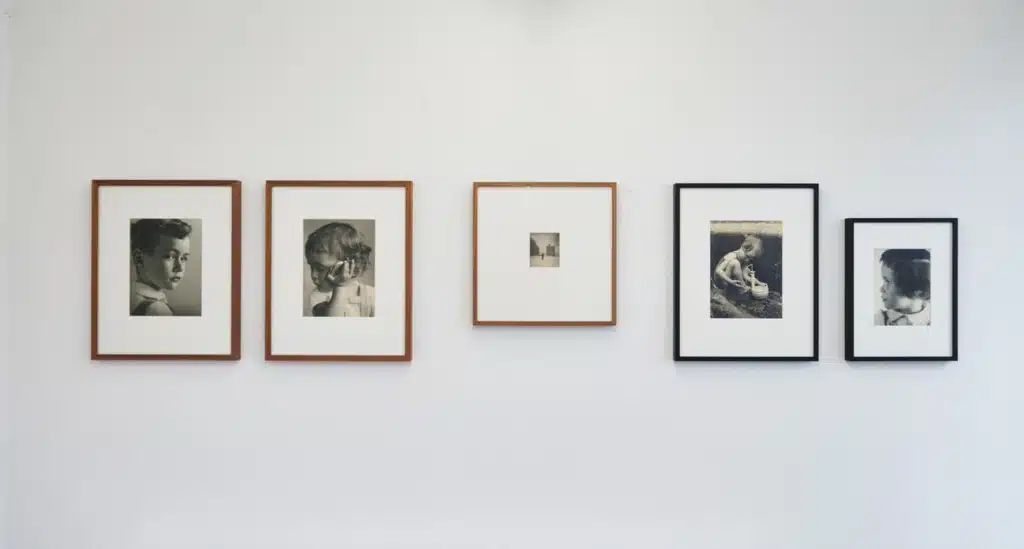
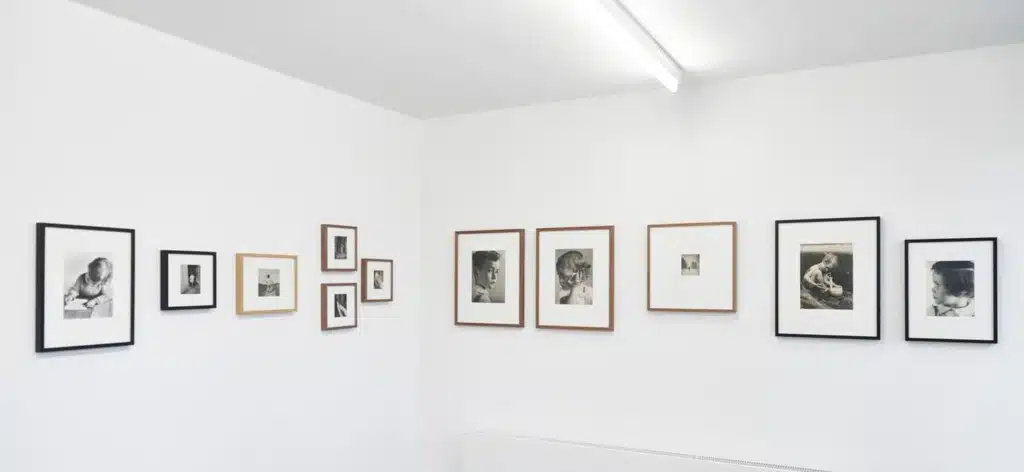
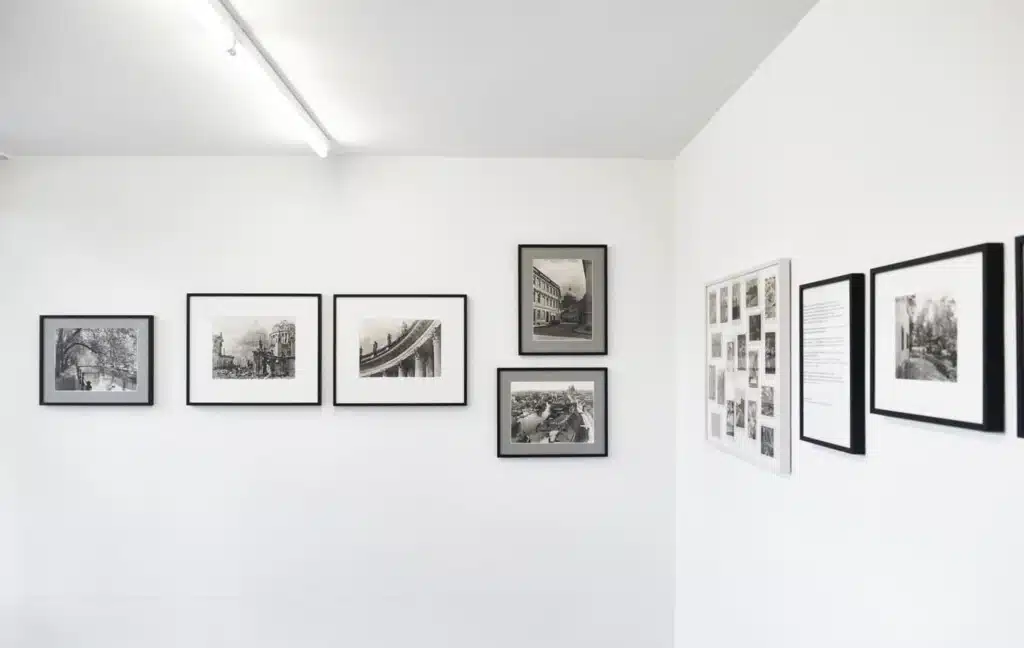
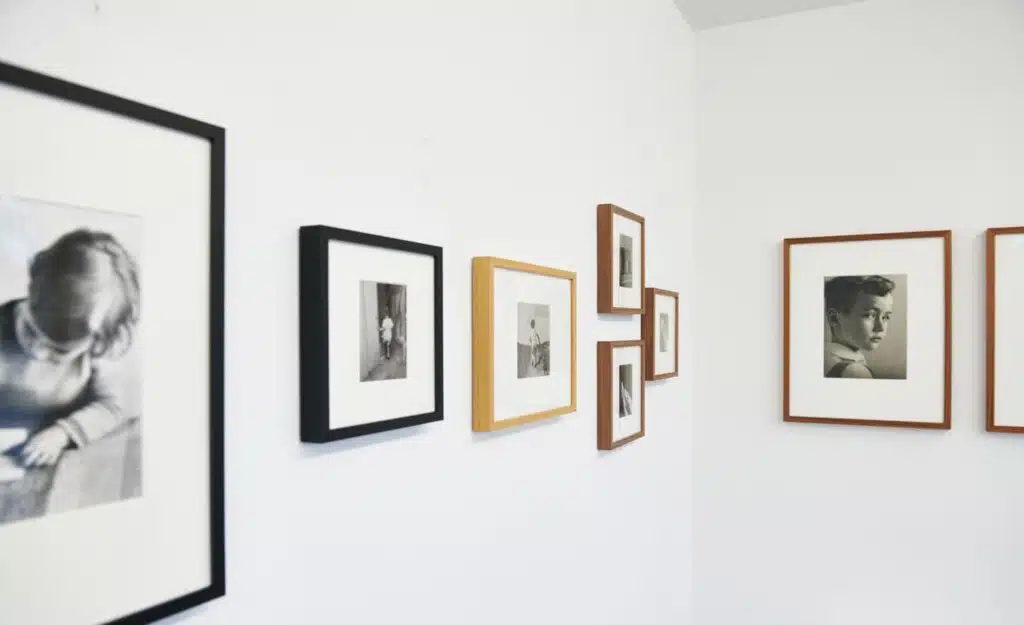
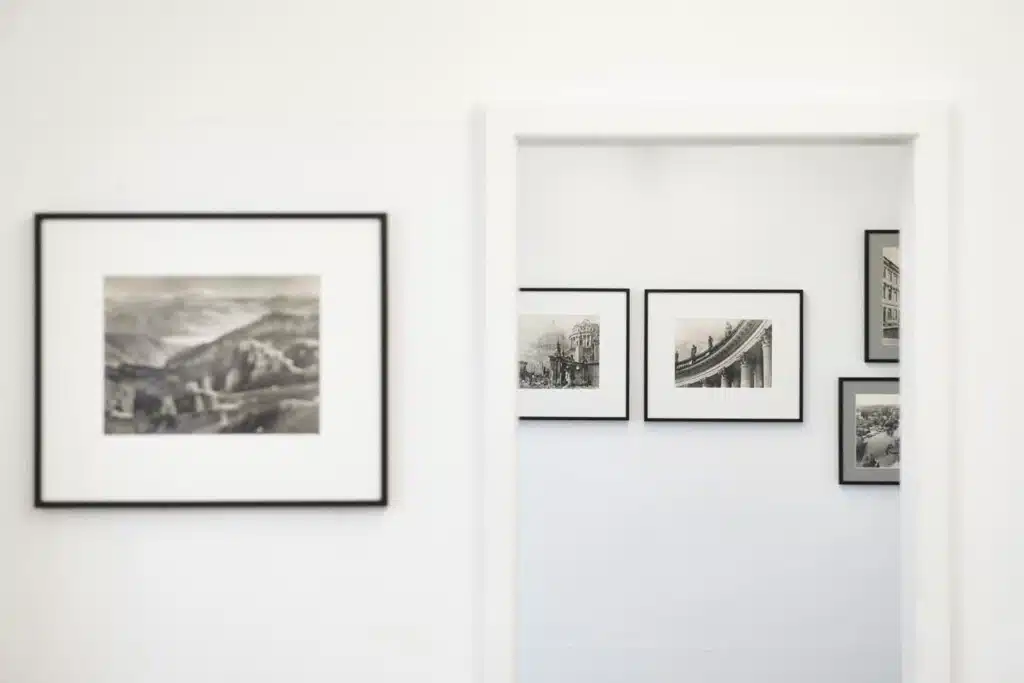
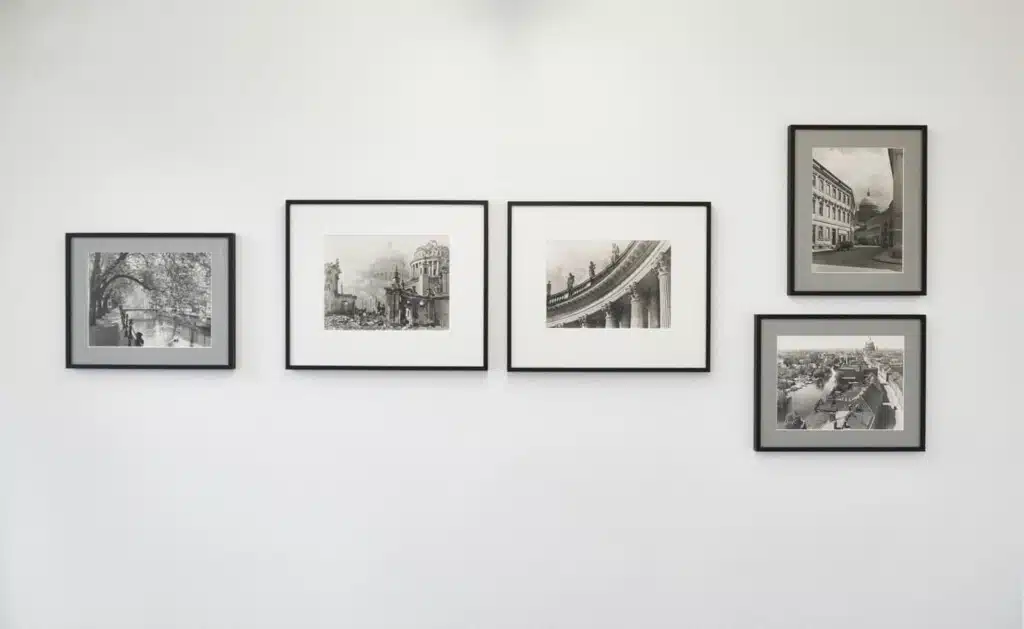
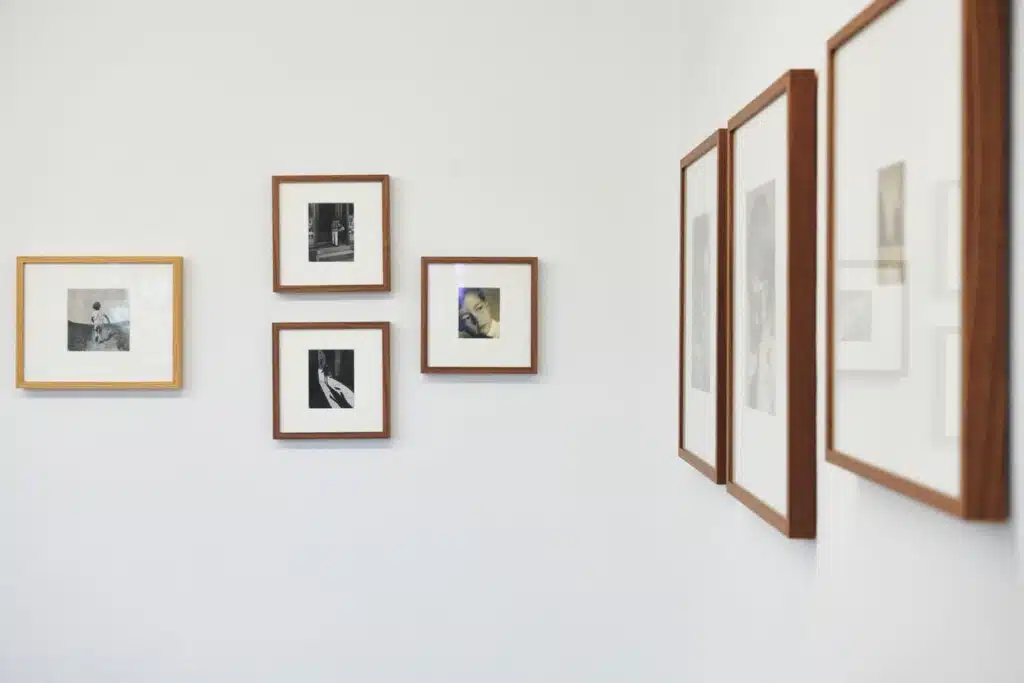
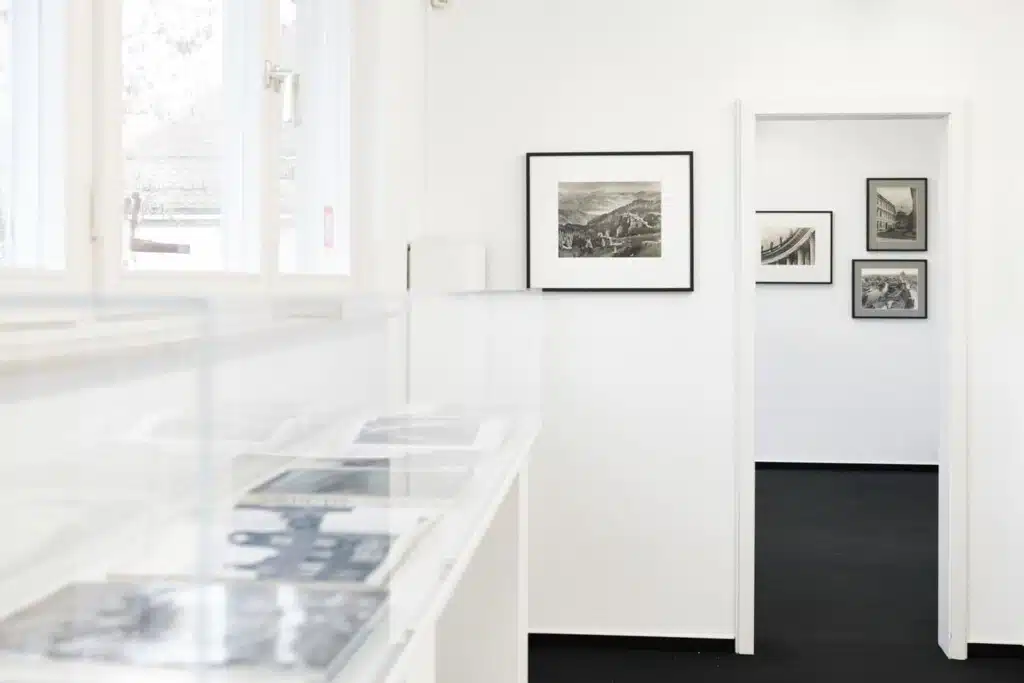
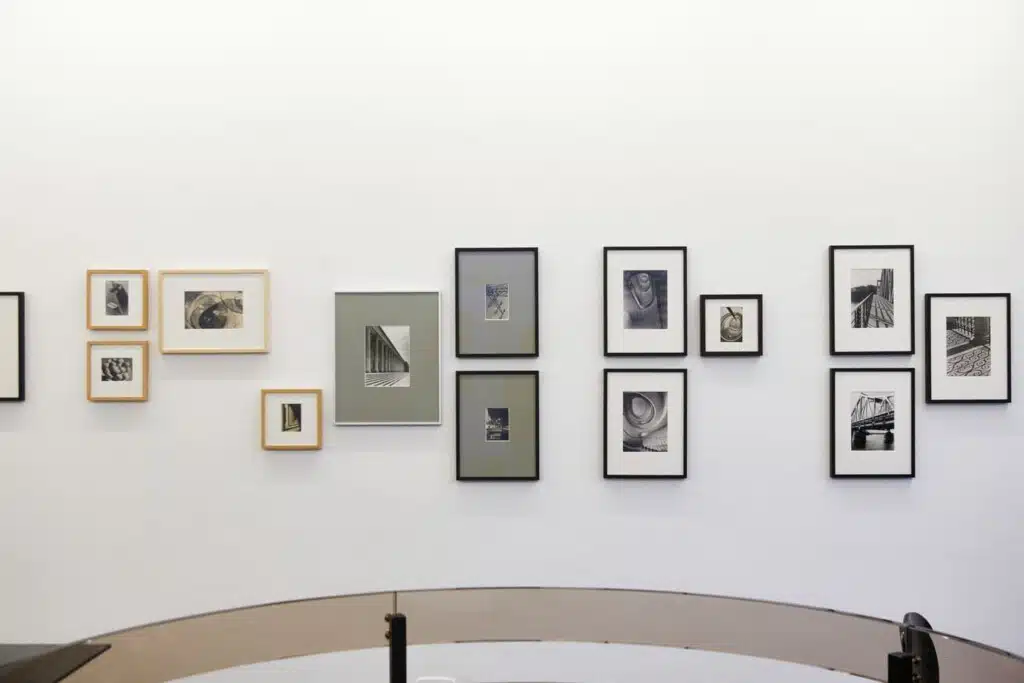
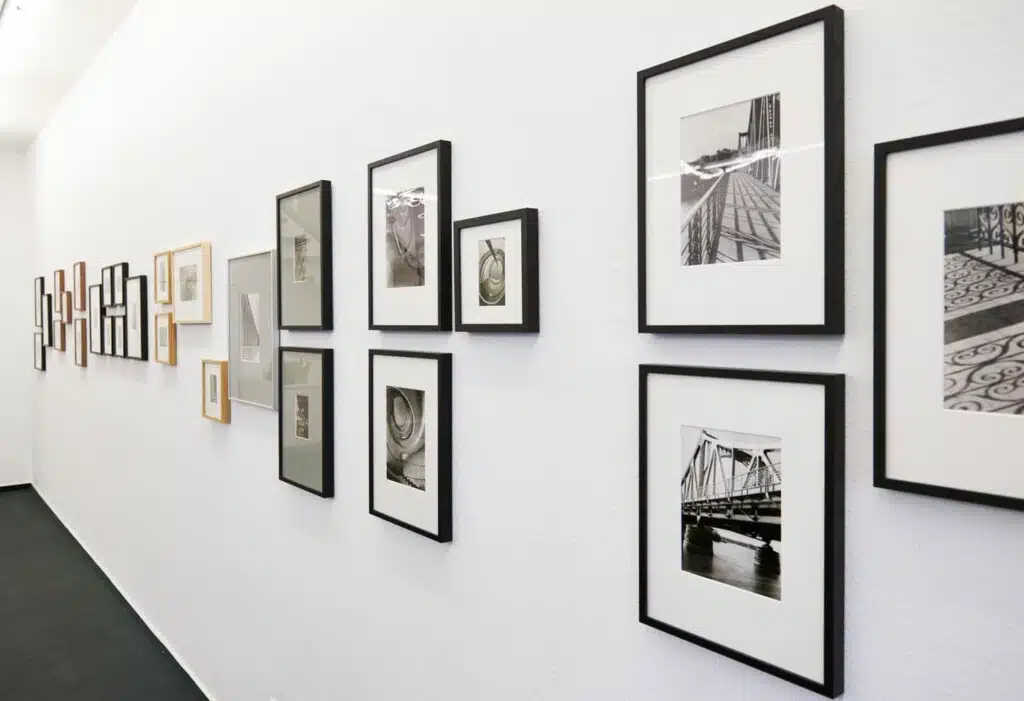
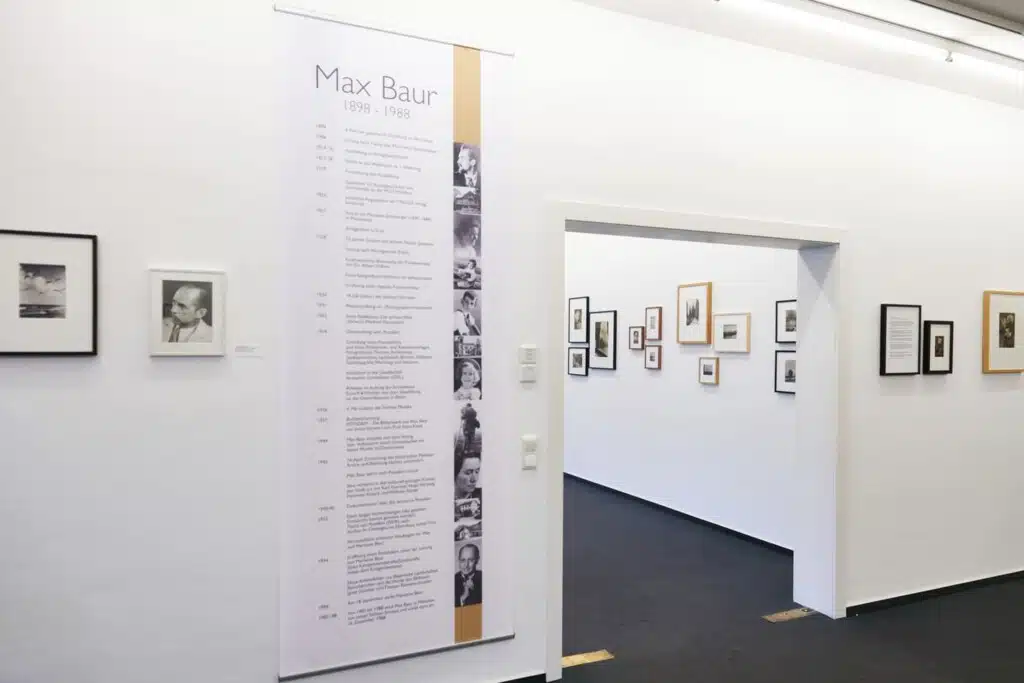
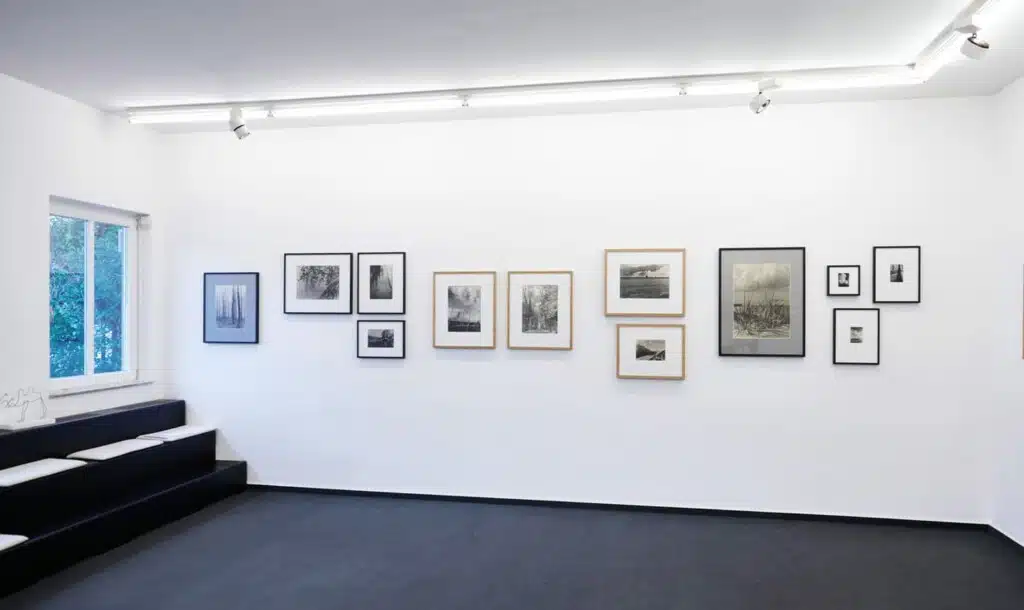
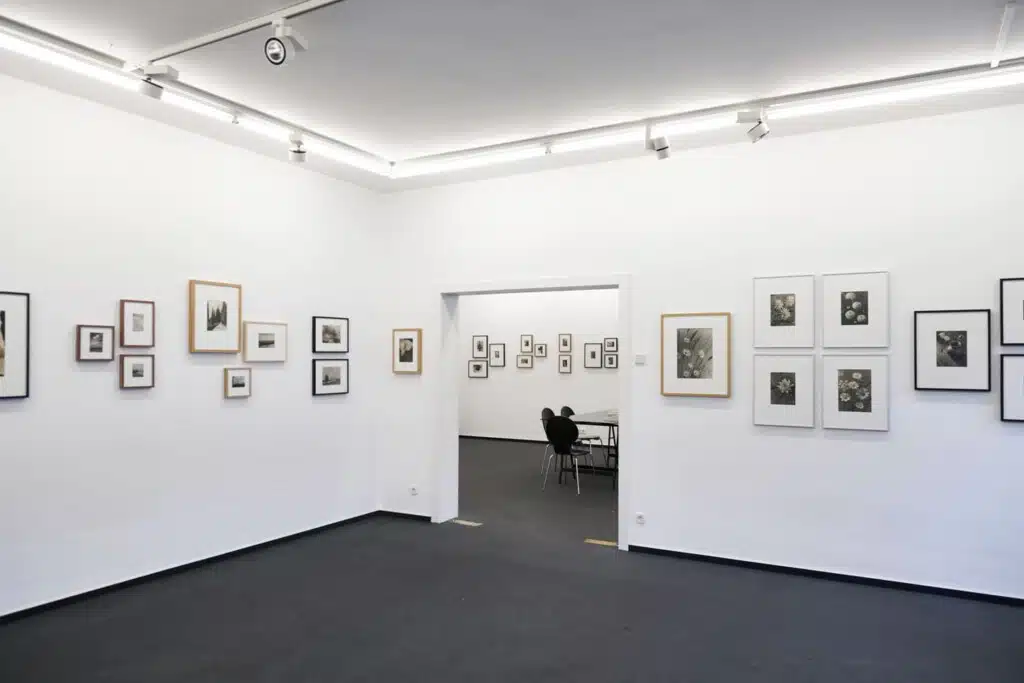
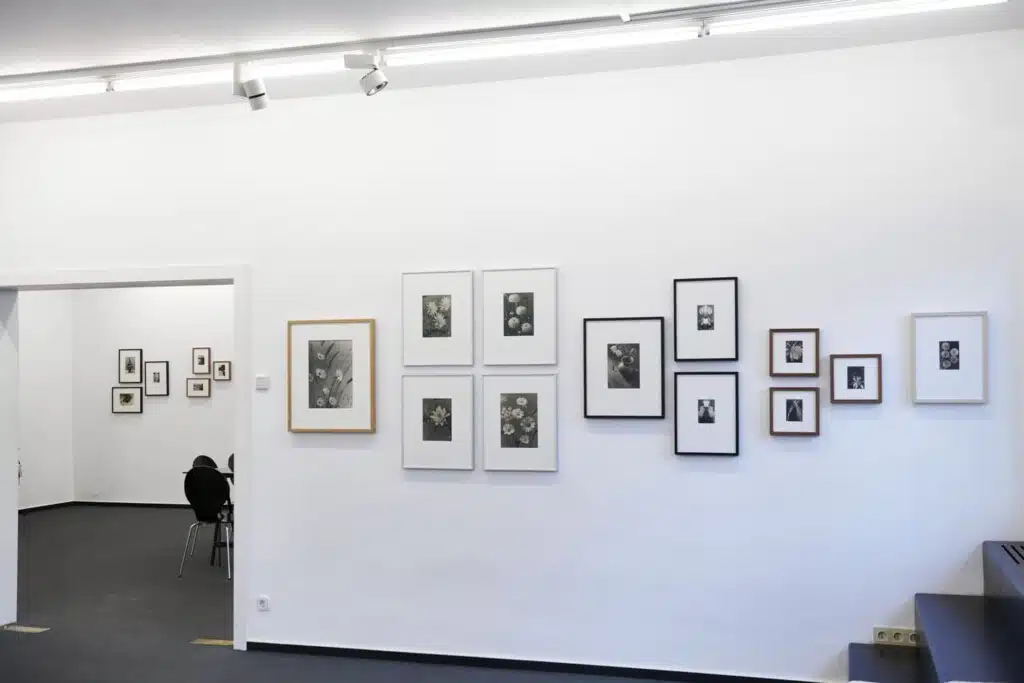
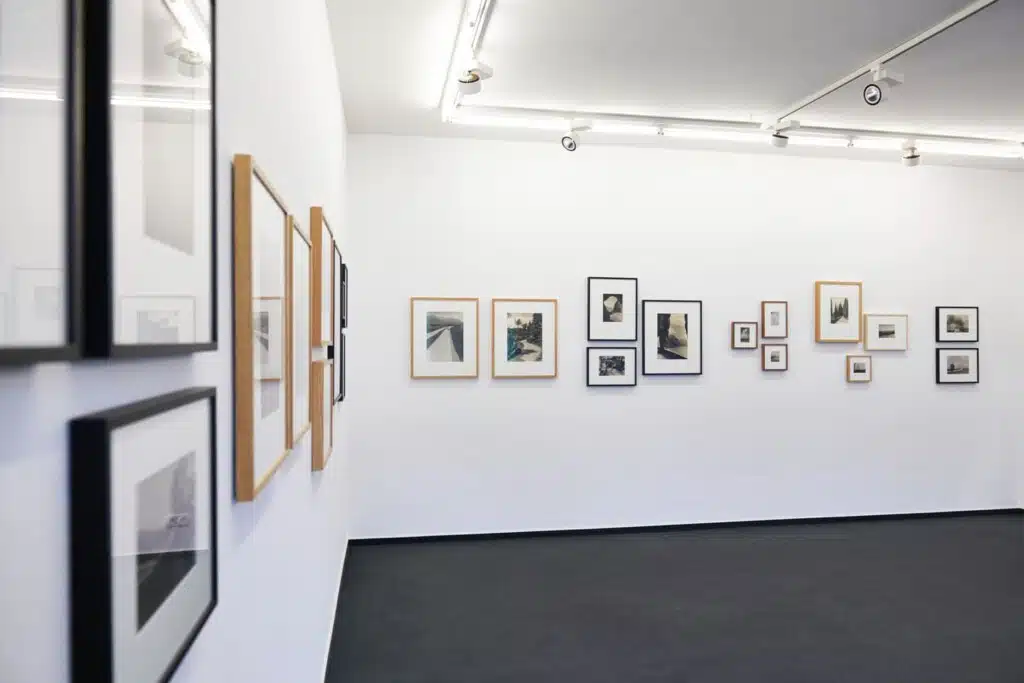
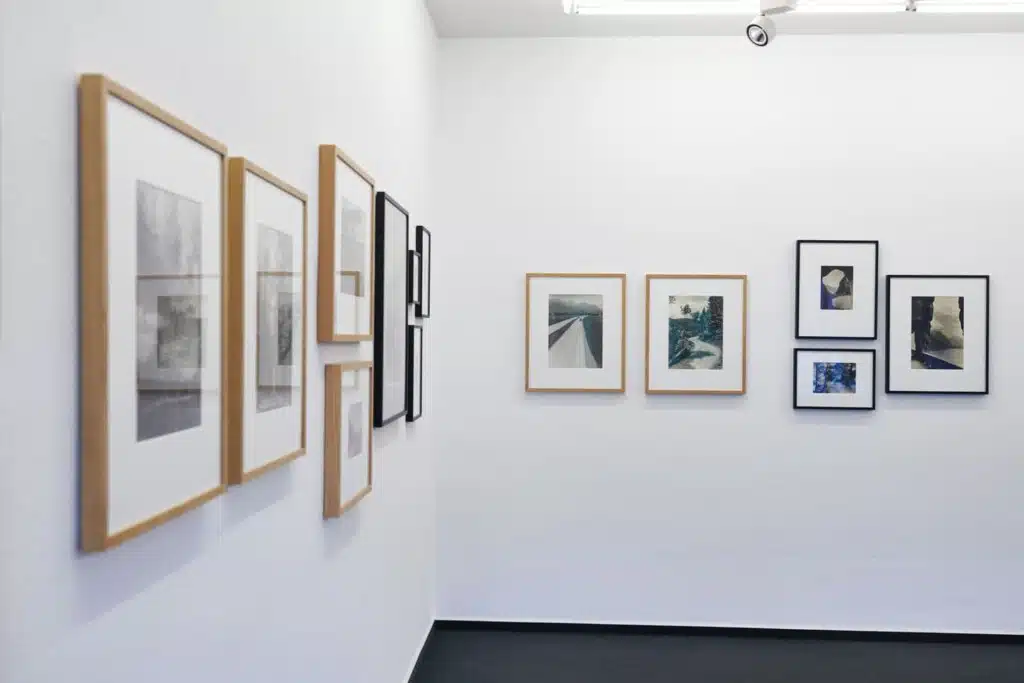
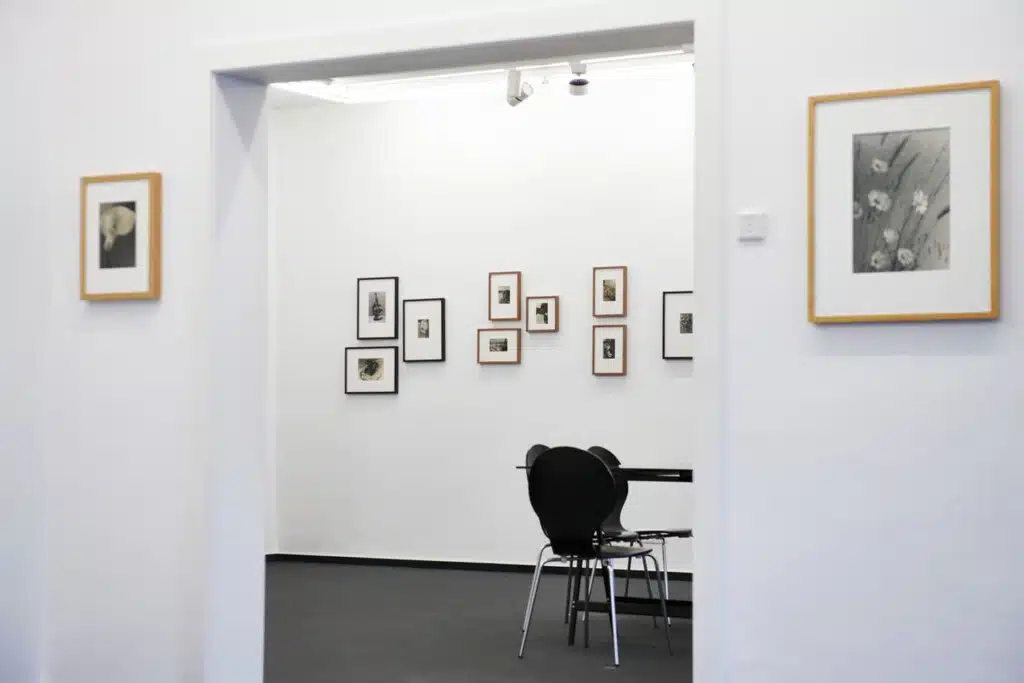
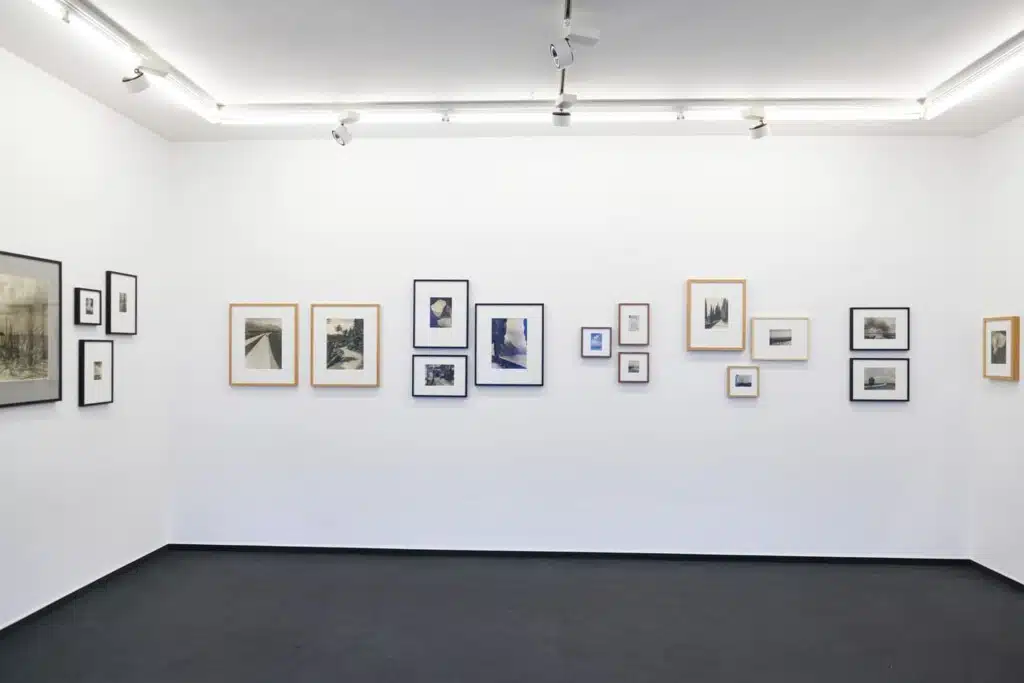
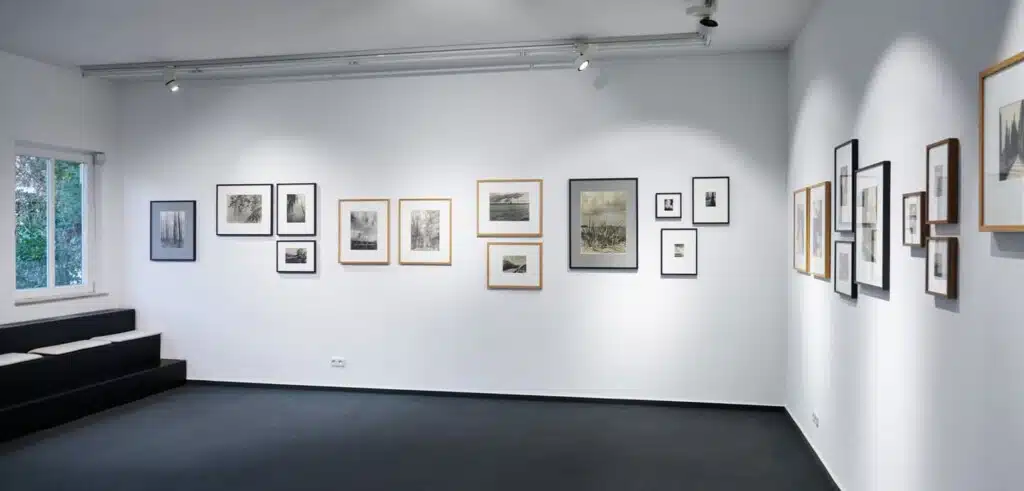
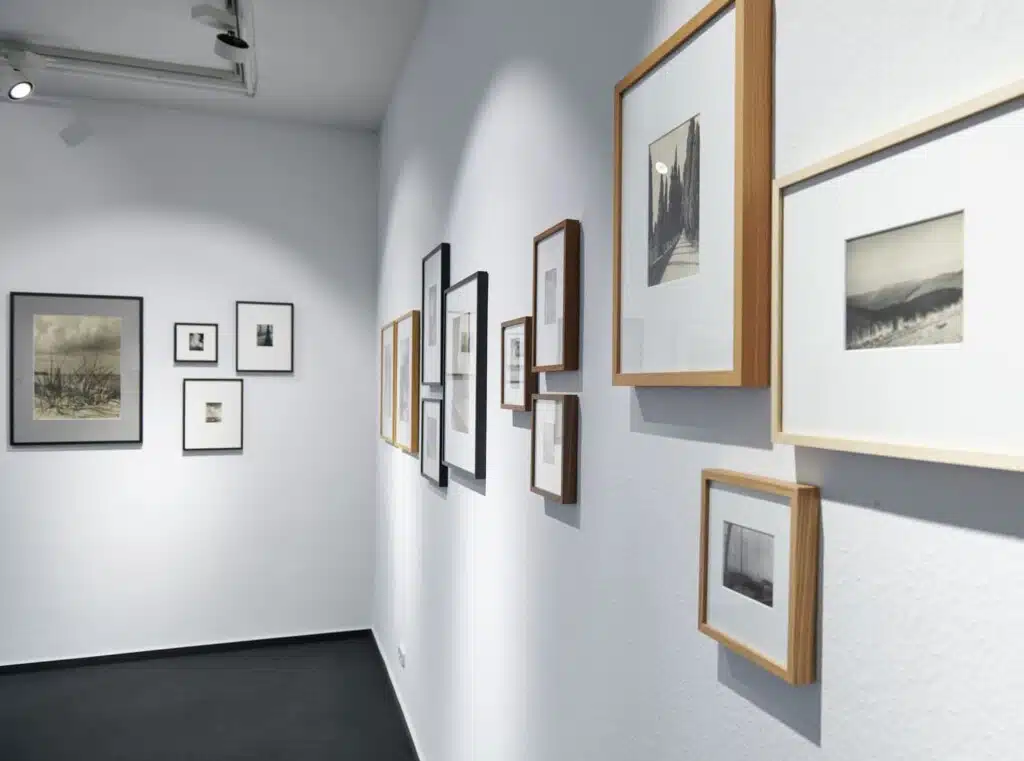
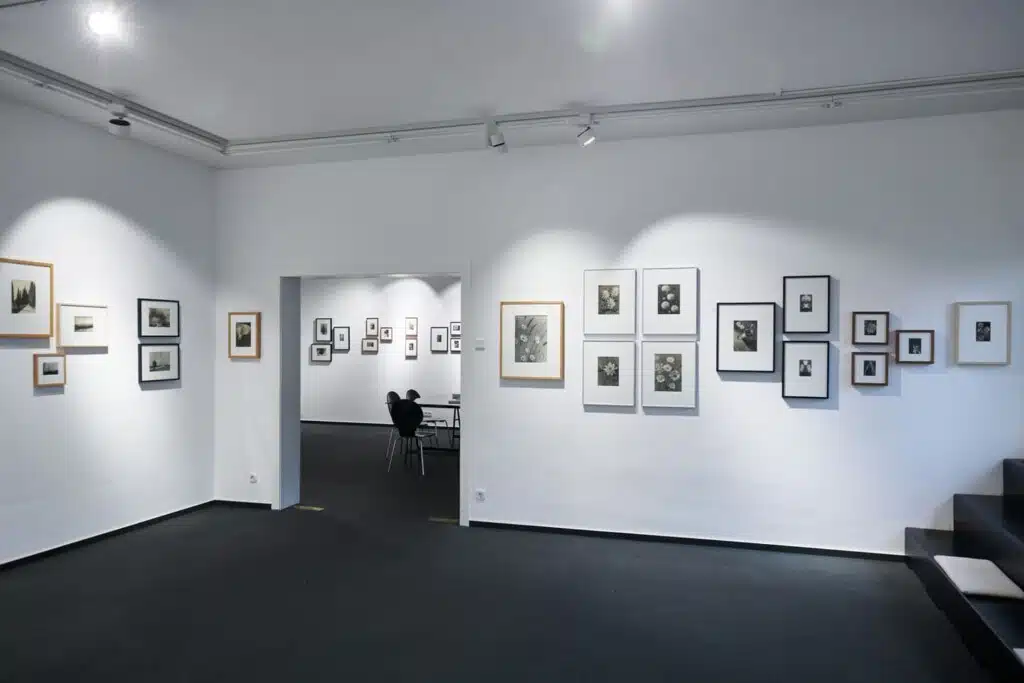
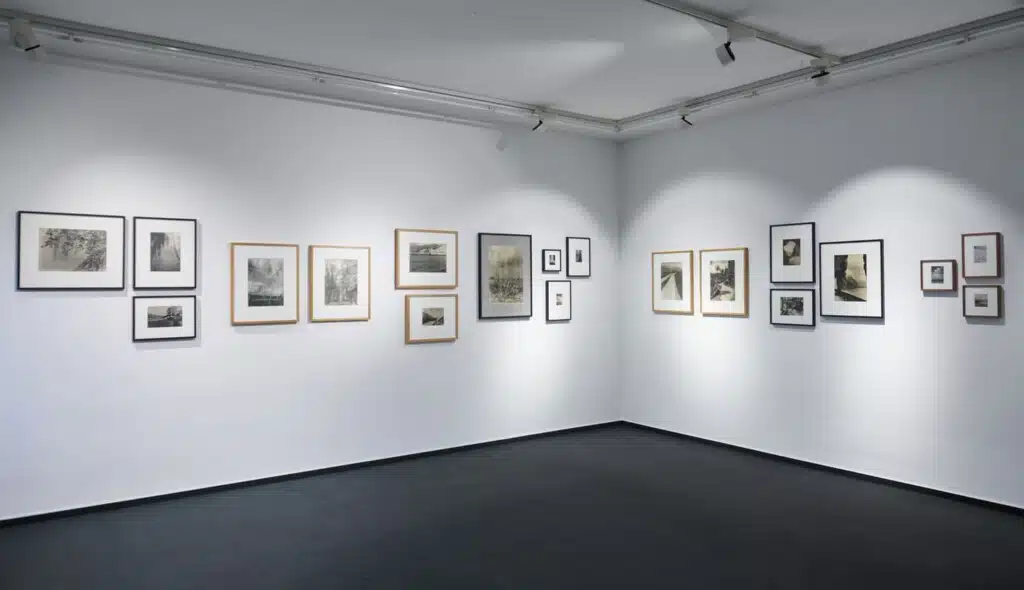
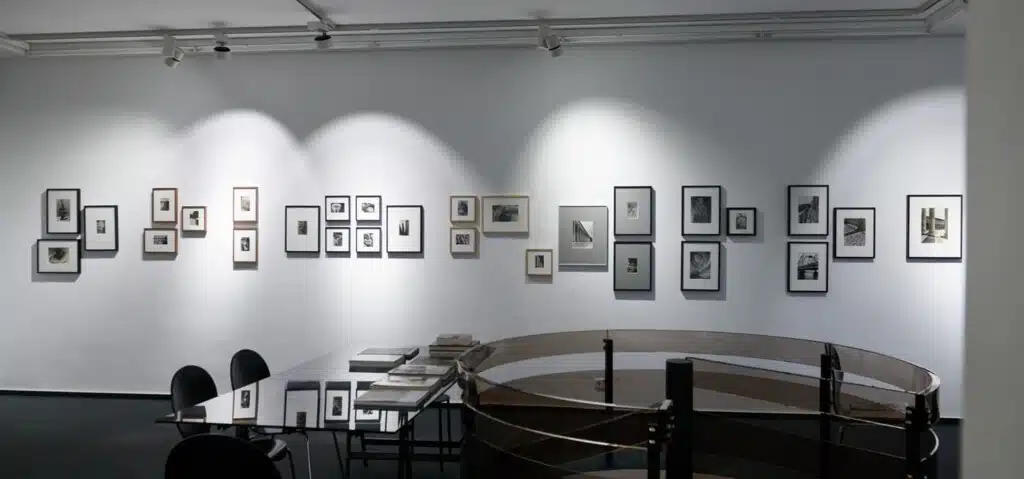
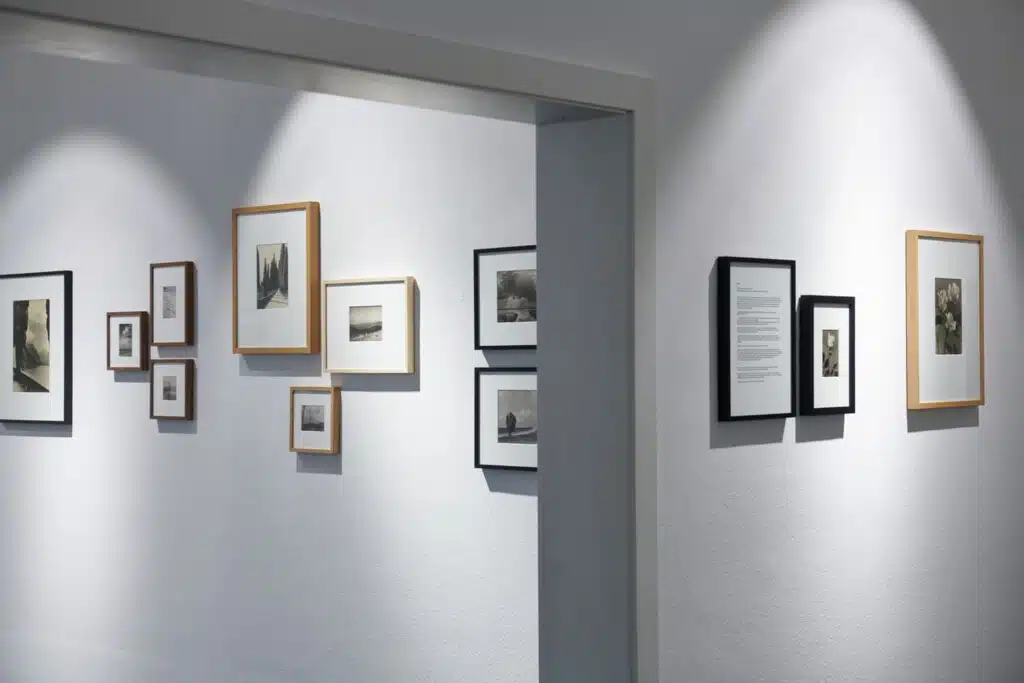
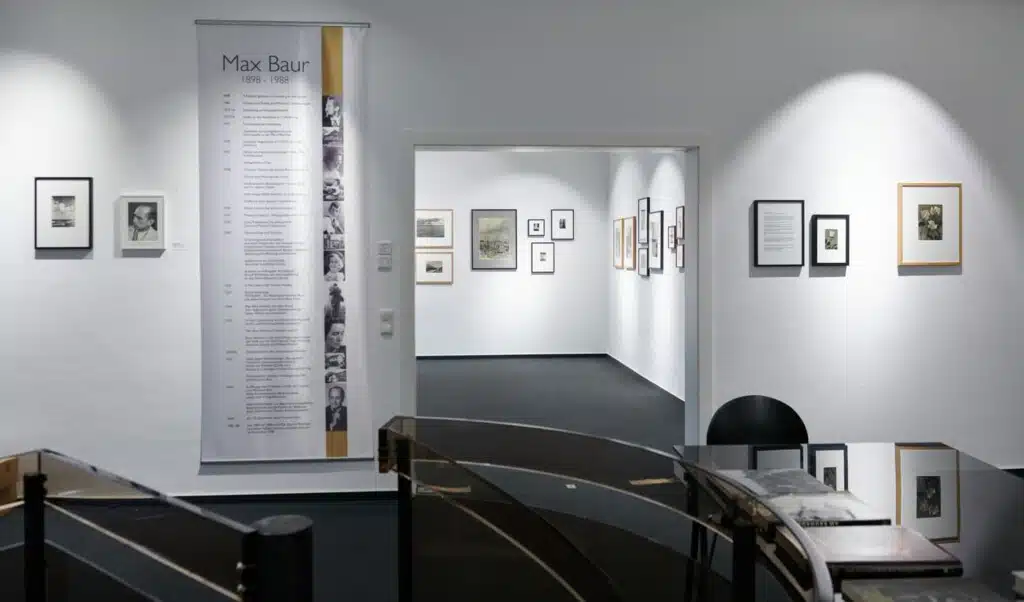
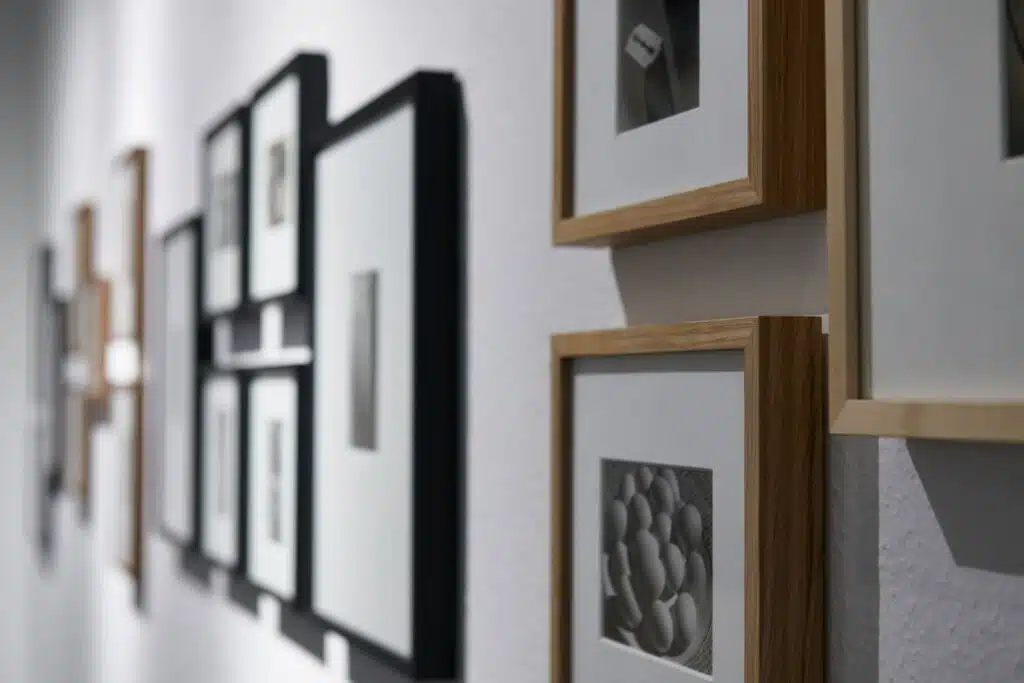
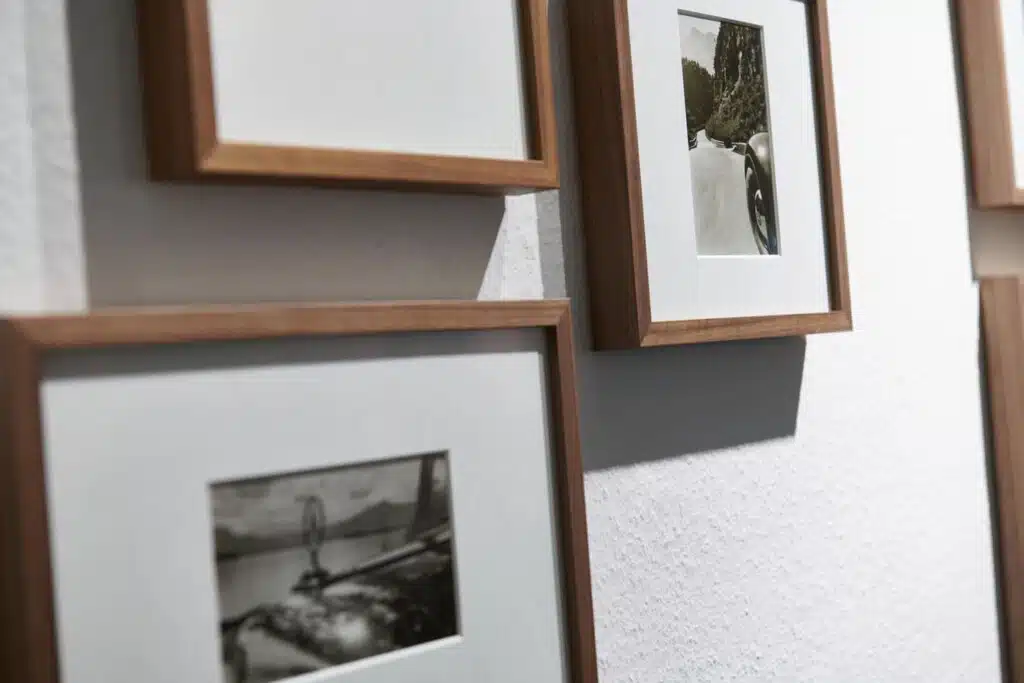
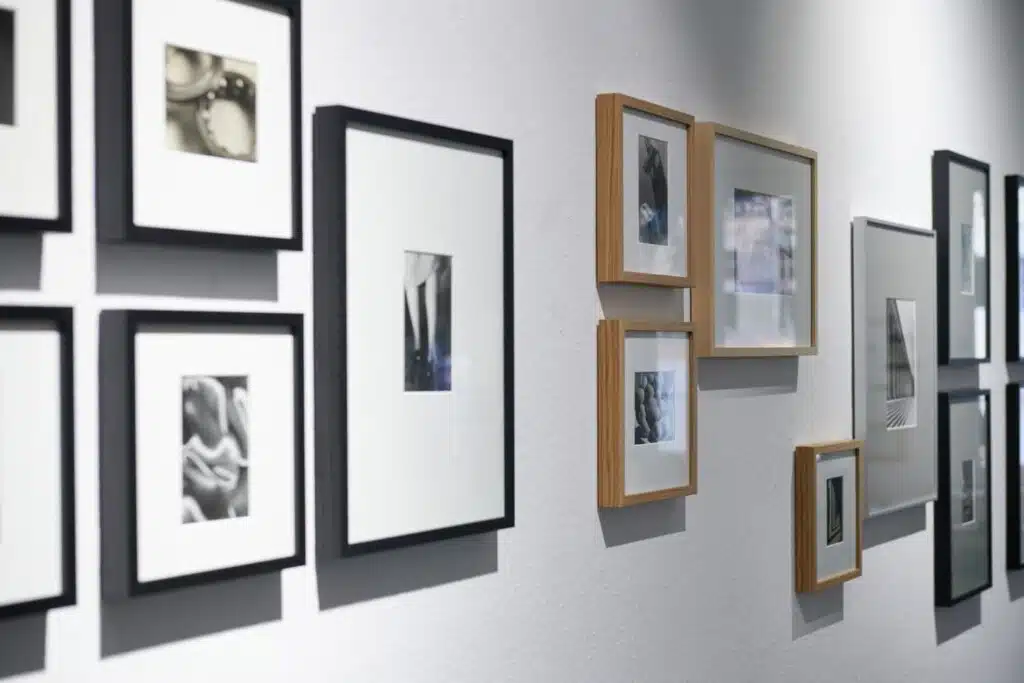
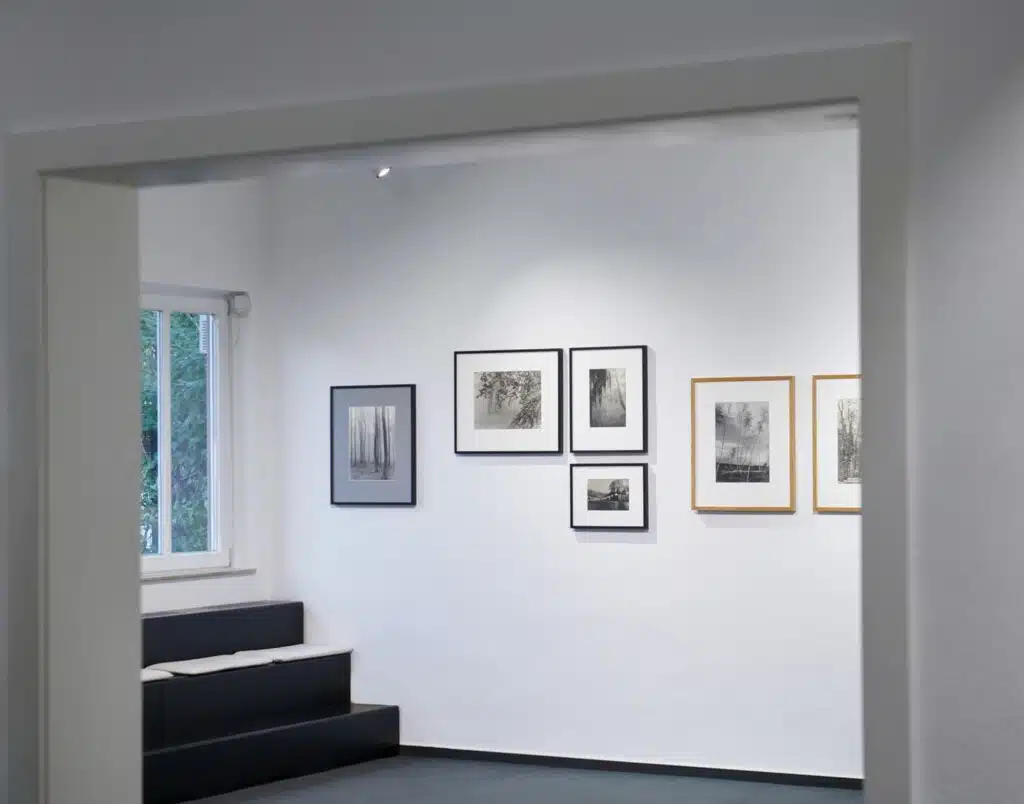
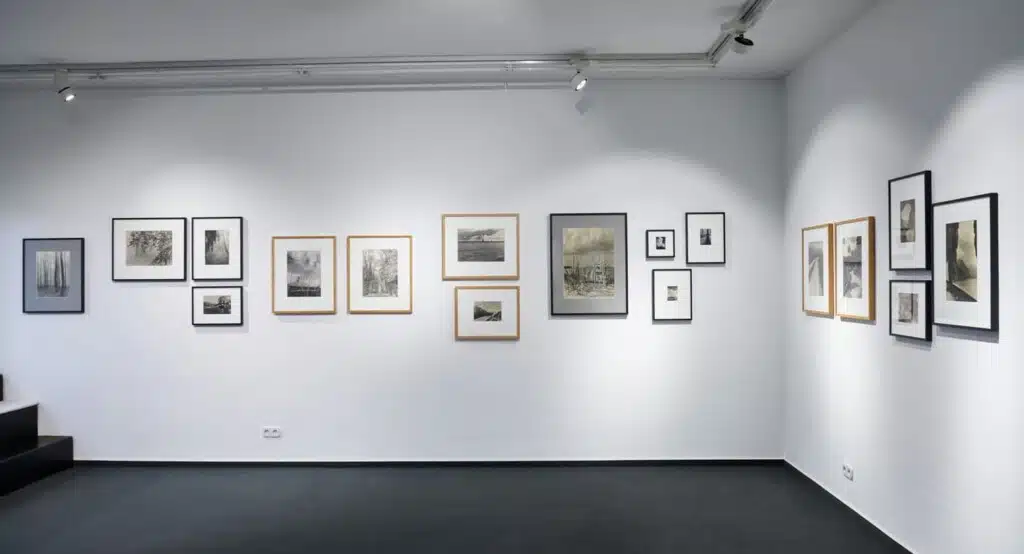
About the artist
Not only his works, but also his biography is remarkable. Born in 1898 in Günzburg, Bavaria, Baur originally learned the trade of a bookseller. In the 1920s, however, he discovered photography for himself, whereupon a few years later he founded a studio and a picture postcard publishing house in Wernigerode. After passing his journeyman's and master's examinations in 1930, Baur was appointed to the Gesellschaft Deutscher Lichtbildner (Society of German Photographers) and only four years later moved to Potsdam, where he founded a publishing house with a studio. To avoid being drafted into the army, Baur had to go into hiding with his mother in southern Germany in 1944.
After the end of the war, he returned to Potsdam, where he again founded a postcard publishing company in 1946. Only a few years later, Baur fled again, this time with his family from the GDR to Aschau in Chiemgau. There he opened a photography store in 1954, which he would run until his death in 1988.
Baur mastered all genres of his craft: not only did he skilfully stage landscapes, architecture or people, but he was also adept at creating advertising shots. His clients would later include well-known companies such as Kodak and Siemens. His works were significantly influenced in style by the avant-garde and Bauhaus and make him today a style-defining photographer of the twenties and thirties.
Frames in action
The approximately 100 photographs were framed in HALBE wooden magnetic frames. The frames were individually adapted to the photographs, which is why they differ in both color and size. In addition, the black and white images were framed with white, as well as gray passepartouts. The resulting contrast makes the exhibits stand out.